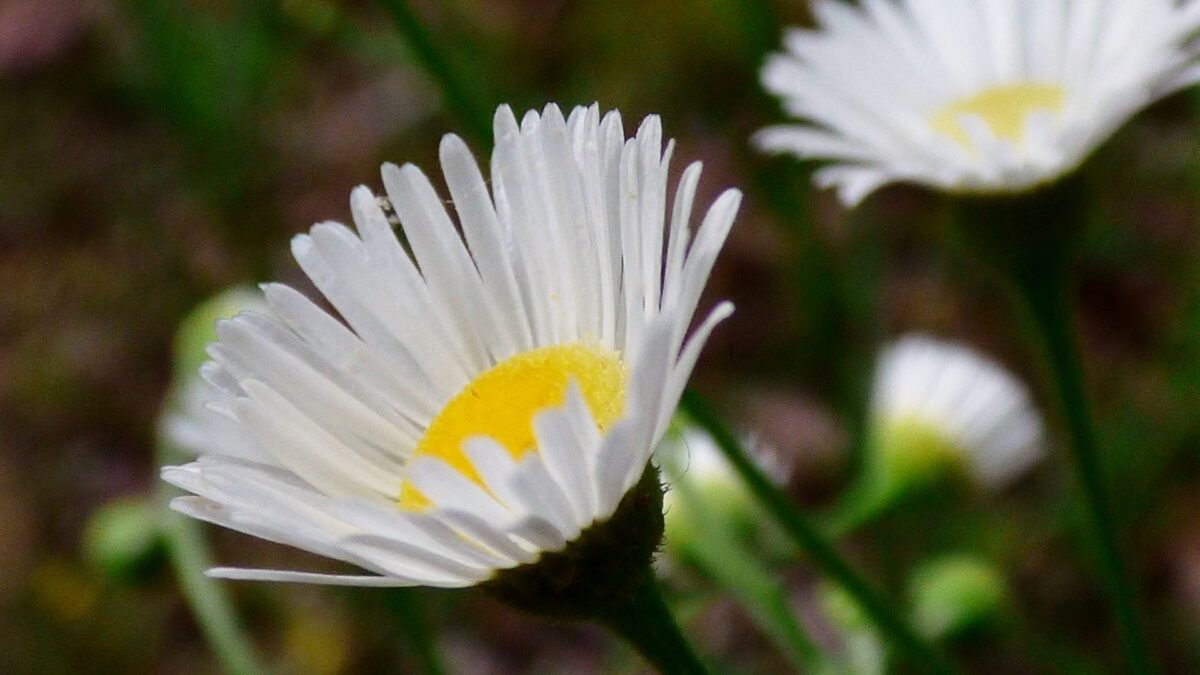Banned plants
It is not permitted to bring «banned plants» into circulation. In other words, they may not be imported, sold, transported or planted. Anyone who does so is liable to prosecution. These plants include ragweed, giant hogweed, Himalayan balsam, Japanese knotweed, American goldenrod and narrow-leaved ragwort.


